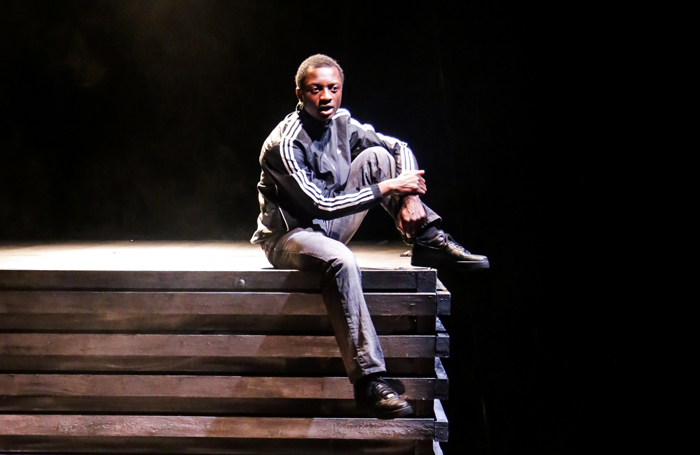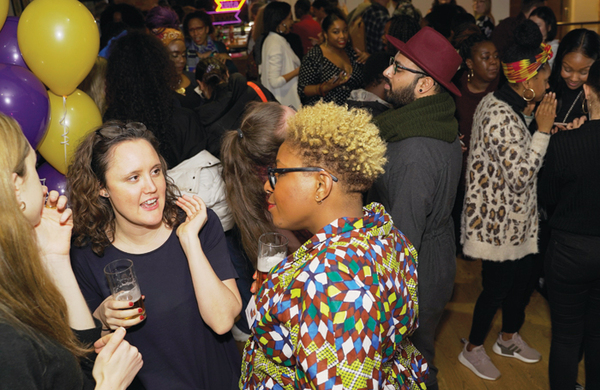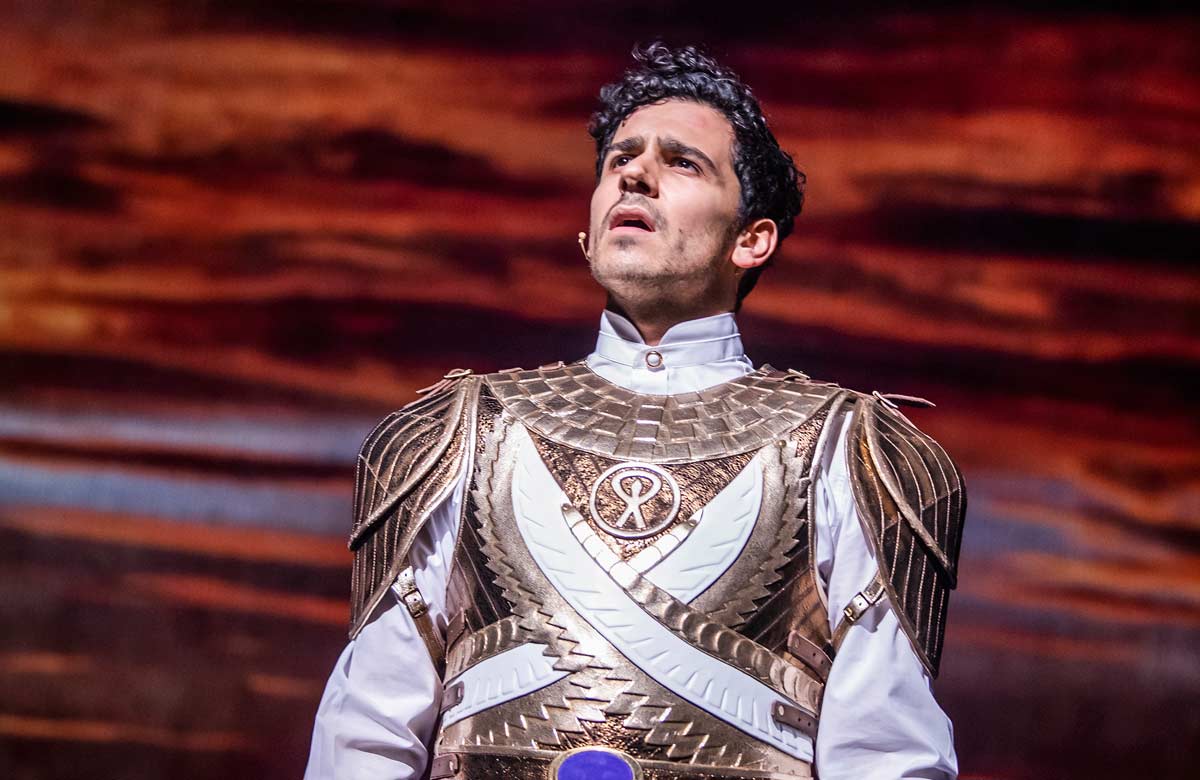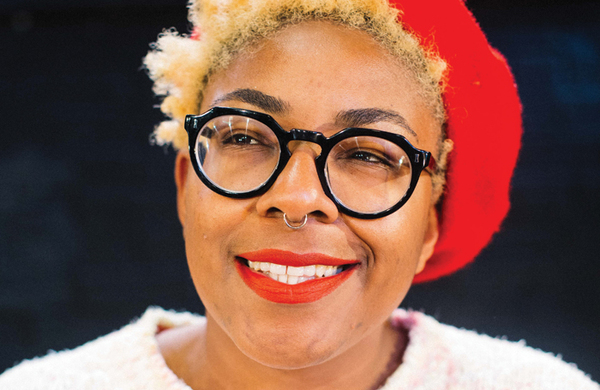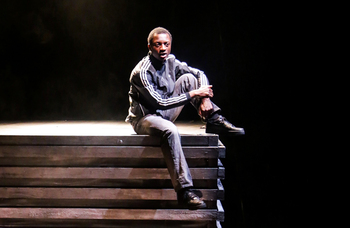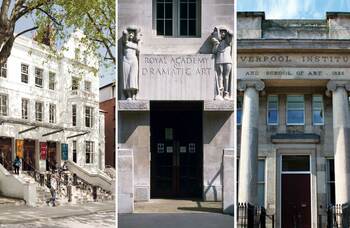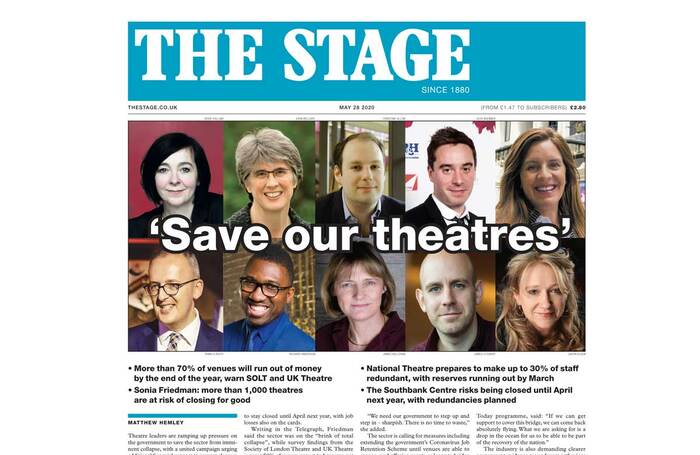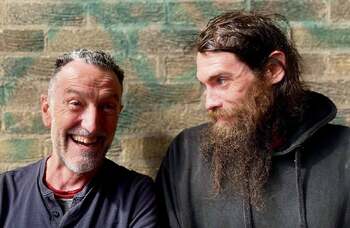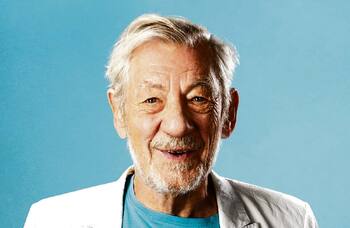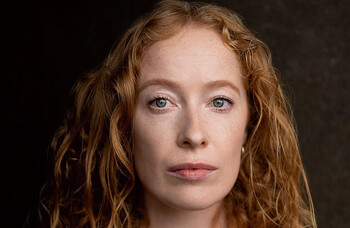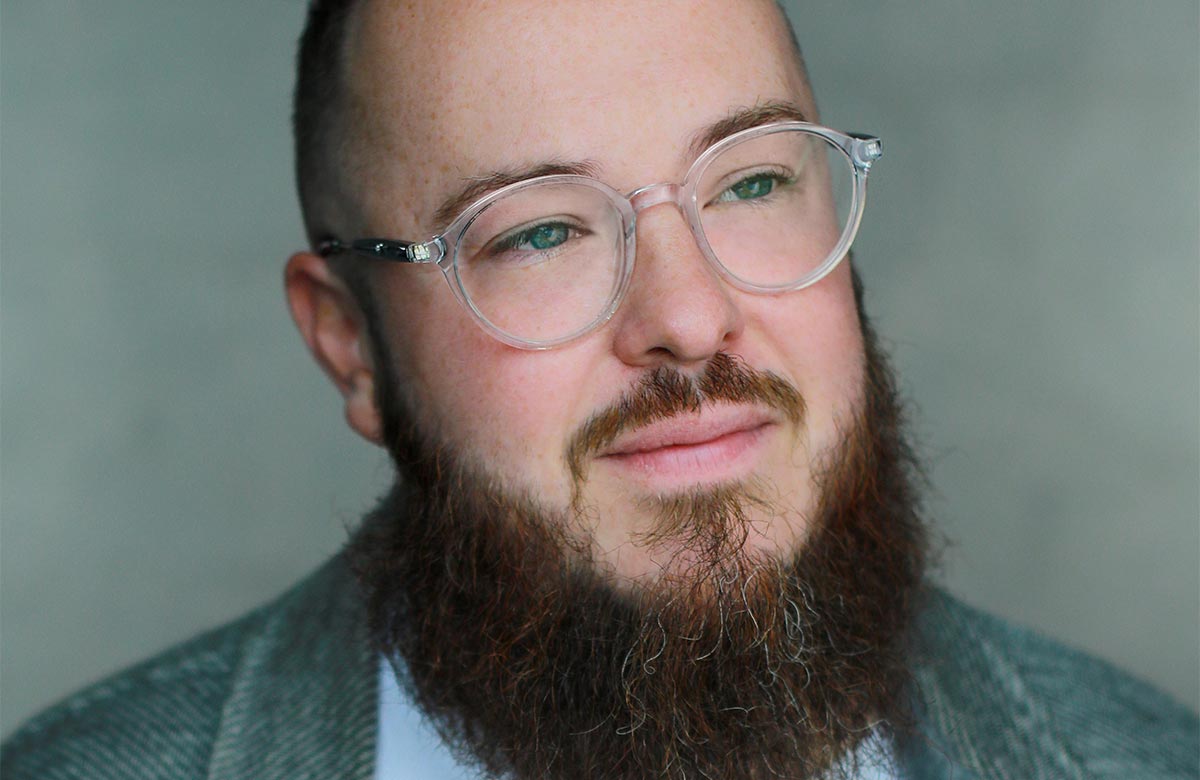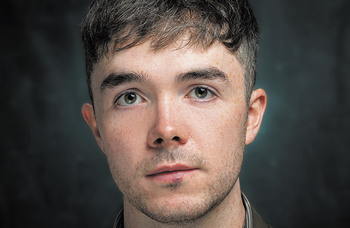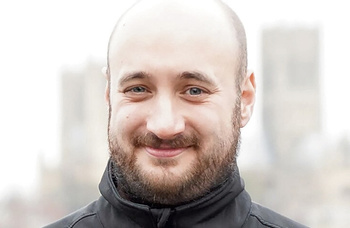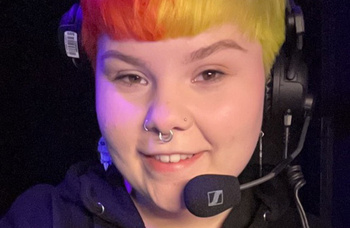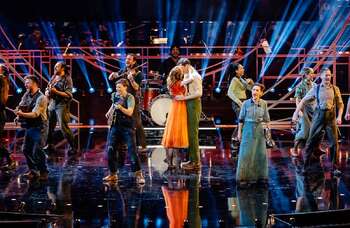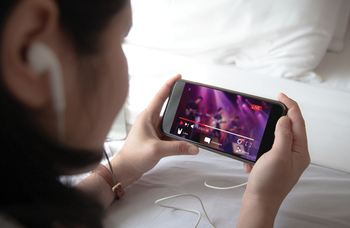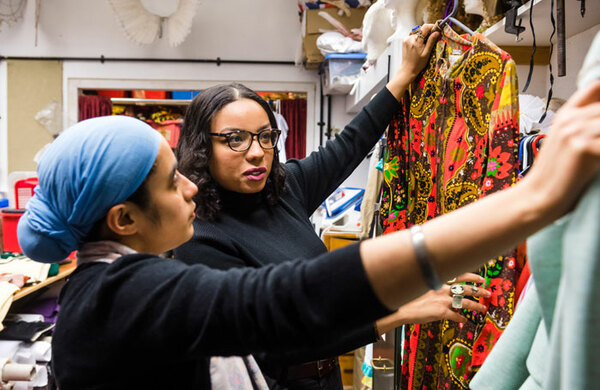Diversity, of all kinds, must not be an afterthought
There is a direct line between the erasure of Black, Asian and ethnically diverse voices from the cultural sector and the racial injustice that has incited protests around the world
On May 28, 2020, The Stage published a round-up of 10 leaders’ pleas to halt the obliteration of the sector. This round-up was illustrated with a picture of those cultural leaders. It comprised five female presenting people and five male presenting people. Good start. It included two non-London-based leaders. Okay, but try harder next time. It included one Black man. Oh…
On May 27, I’d had five hours’ sleep because I’d been up drafting and redrafting a letter to Oliver Dowden with 15 other black artistic directors, and then co-signed by 70 Black, Asian and ethnically diverse leaders to ensure ethnic diversity. The letter was to make sure ethnic diversity remained central to the conversation about recovery. And by doing that, other types of diversity and representation too – because people of colour are never just one thing.
At the time of our action, the Society of London Theatre and UK Theatre submission to the Department for Digital, Culture, Media and Sport select committee could only bear to mention diversity once in 36 pages but, after receiving a preview of our letter, they lifted a paragraph from this to include in the submission.
Diversity – of all kinds – is vital for our recovery and not an afterthought to be added at the 11th hour. But how can that be taken seriously when those chosen as the voices of the industry do not represent the full possibilities of diversity and representation?
Listen, my problem is not with those 10 excellent peers and colleagues – whom I respect and admire – whose words have been brought together in the article from across ‘mainstream’ media, from Newsnight to national newspapers. My question is: why are these the only voices being invited to speak – and therefore – represent the sector? How is that picture even possible in 2020?
This isn’t easy to say, or to write or think, when you’ve devoted your adult career to this sector, and when many (who am I kidding? Almost all) of the people dearest to you work in it too. But I believe – now more than ever – that there is a direct line between that infamous snapshot of the industry and the deaths in the US of George Floyd, Breonna Taylor, Ahmaud Arbery, Tony McDade, David McAtee, Robert Johnson Jr, Gregory Howe, McHale Rose, Dreasjon Reed and Michael Ramos in 2020 alone.
When you systematically silence people, you rob us of our stories, our voices and, finally, our humanity
Then there is the UK’s own history of killing black men and women – Jay Abatan, Rolan Adams, Glynne Agard, Christopher Alaneme, Christopher Alder, Stainton Barrett, Sheku Bayoh, Daniel Blake, Meshack Brown, Bruce Bryan, Sharon Bubb, Kingsley Burrell, Rashan Charles, Kelso Cochrane, Smiley Culture, Edson Da Costa, Kester David, Abdi Dorre, Brian Douglas, Wayne Douglas, Mark Duggan, Joy Gardner, Cherry Groce, Akofa Hodasi, Cynthia Jarrett, Shiji Lapite, Stephen Lawrence, Deraye Lewis, Harold (aka Errol) McGowan, Jason McGowan, Michael Menson, Farhan Mire, Papa Mbaye Mody (aka Alioune Cisse), Marlon Moran, Jimmy Mubenga, Hassan Musa, Donna O’Dwyer, Syden Pearson, Lee Phipps, Michael Power, Sarah Reed, Sean Rigg, Azelle Rodney, Paul Rosenberg, Ibrahima Sey, Derrick Shaw, Anthony Walker, Charles Wotten, Isaiah Young-Sam – and there are more, I’m sure of it.
This is directly linked to allowing communities of colour to be used and disregarded (it’s been three years and Grenfell victims still haven’t been rehoused) and the gut-wrenching injustice around the treatment and death of Belly Mujinga.
When you systematically silence people – whether proactively or simply by shouting louder to drown them out, or raising some above others – deny their existence, make them feel invisible, exclude them from influential conversations and rooms where decisions are made, then you rob us of our stories and our voices and – finally and literally – of our humanity.
On my most cynical days, I wonder why I work in theatre at all. I question what I’m doing to bring about the revolution and I admit to myself that a very well-directed play couldn’t have saved Belly Mujinga. I even research law GCSEs and A levels and dream up practice names with a friend (no good ones as yet).
On my most optimistic days, I think that my duty at Tiata Fahodzi is to reveal the rich humanity of Black people so that the next time someone looks at a Black person, they see hopes, dreams, flesh and blood. I want them to see a boy playing cops and robbers not as a threat, a teenager walking home with skittles not as a suspicious intruder, a woman about to start a new job not as a trouble maker, a cultural leader not as an ‘emerging artist’ or apprentice.
And then that photo runs in our only industry paper – unchallenged, without critique – with just one (albeit brilliant) Black man as a representation of all the other people who aren’t white or Black men. I have been advocating – on the social media timelines and with the Arts Council England directly – for more nuanced and sophisticated diversity data that allows us to get a true intersectional picture of the state of the sector.
The way we’re counting and the boxes we’re ticking are out of step with our identities and our lives. When we celebrate cultural diversity in the arts, how many of those success stories are men? When we celebrate gender equality, how many of those women are white? How many are without physical disability or neurodiversity? When we celebrate diversity of age or socio-economic background or LGBTQIA+, how many of those people live in the hyphens of protected characteristics, in the crossroads?
This week has been a lot. As our siblings and niblings in the US protest and demand that Black lives do matter, our sector has preoccupied itself with black boxes and PR statements made on Photoshop pledging solidarity. And yet, people – Black and white – have asked for the evidence: how many Black artists and arts staff have you engaged in recent years? What are your plans for the future? Colleagues and peers have found the courage to speak their truth about drama schools, companies and venues who have failed to protect them and failed to serve them. These testimonies and challenges are met with silence – as if the black square was enough.
The morning I write this, I asked Abid Hussain – director of diversity at ACE – if the Arts Council was aware of the testimonies of Black people coming out at the moment that reveal institutional racism, contradict the Creative Case for Diversity ratings that the Arts Council is forever celebrating as well as dignity-at-work policies? Is ACE going to respond in action? Because, if survival looks like that image – looks like erasing Black, Asian and culturally diverse people – who are also LGBTQIA+, disabled, old and young, working-class and middle-class because we are always intersectional – then maybe not every organisation should survive?
I used to think that if there were no examples of Black women running large buildings then a board wouldn’t be able to imagine a Black woman running a large building. Still the case. But if we don’t get to hear and see from those few culturally diverse and intersectional leaders we do have then that’s worse.
How could that photo exist today – with 21 culturally diverse leaders of national portfolio organisations? It’s totally possible that – for whatever reason – those 21 people were unable to meet the requests made of them and I support our right to say ‘no’, but as I sat in a Zoom meeting with 15 other passionate, committed and determined Black artistic directors, I very much doubt it.
Opinion
Recommended for you
More about this organisation
Advice
Recommended for you
Most Read
Across The Stage this weekYour subscription helps ensure our journalism can continue
Invest in The Stage today with a subscription starting at just £7.99
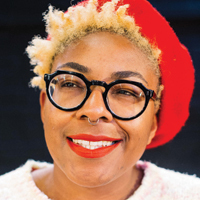 Natalie Ibu
Natalie Ibu